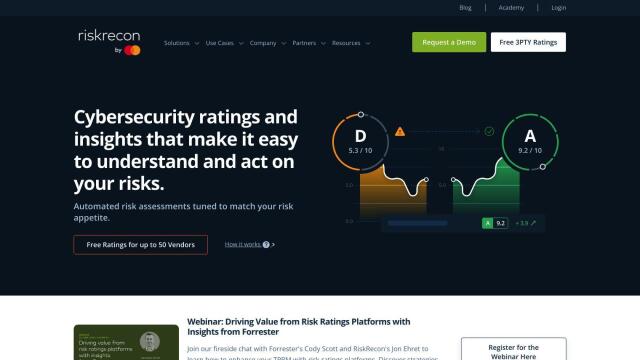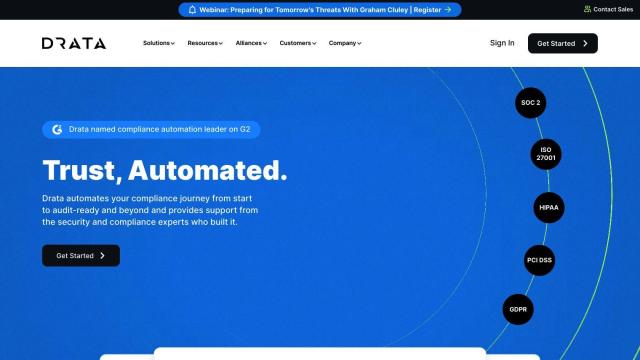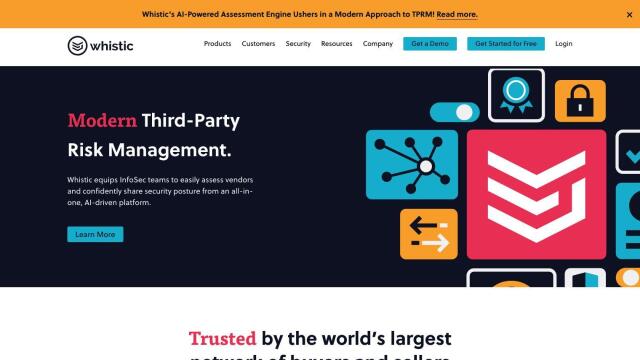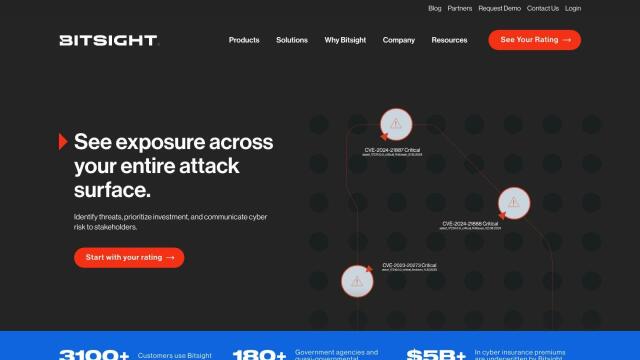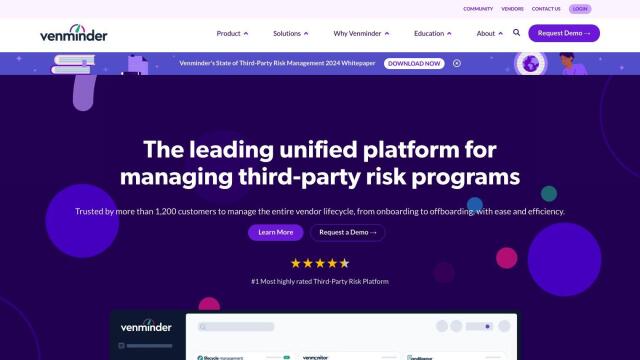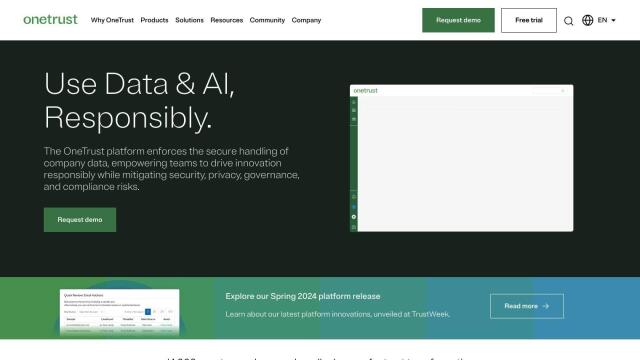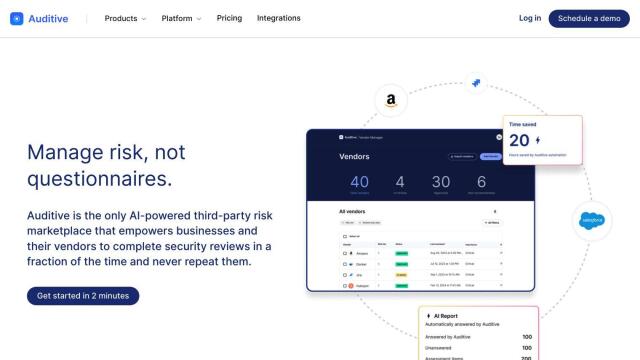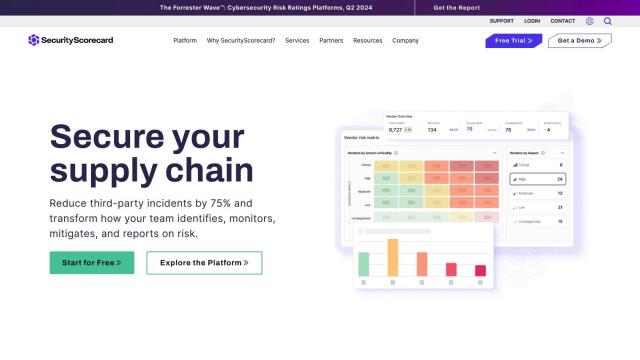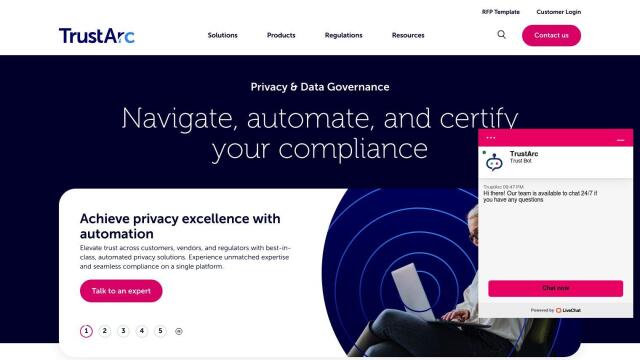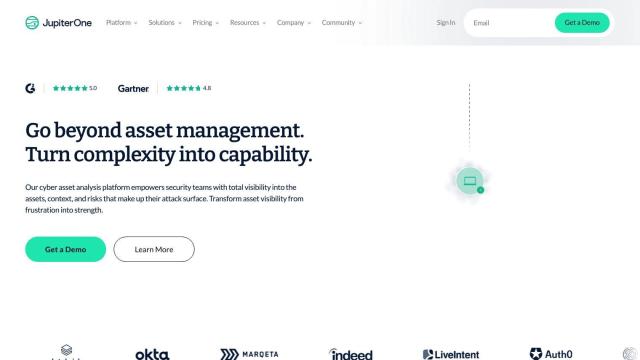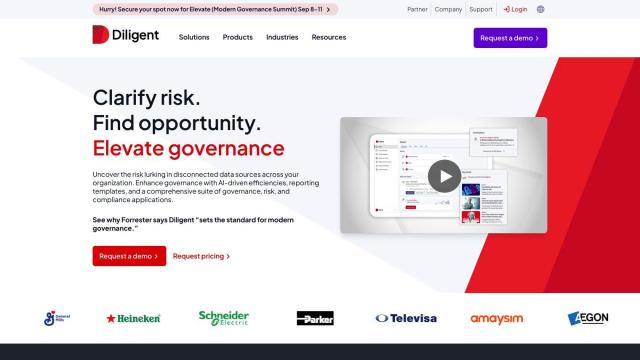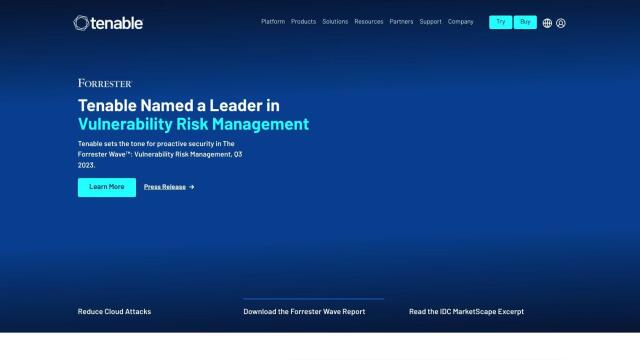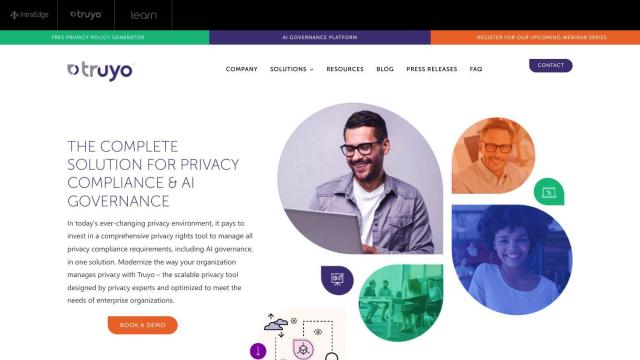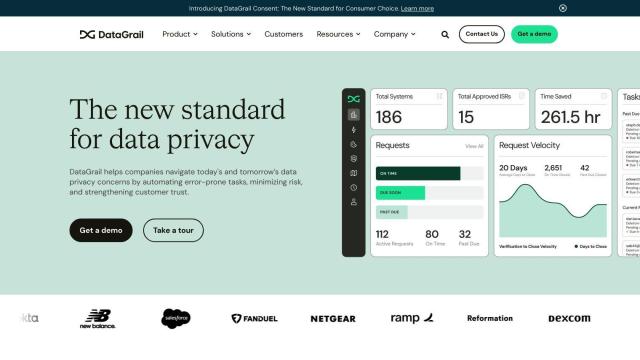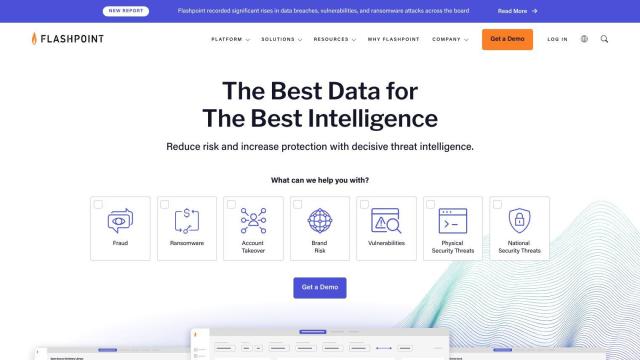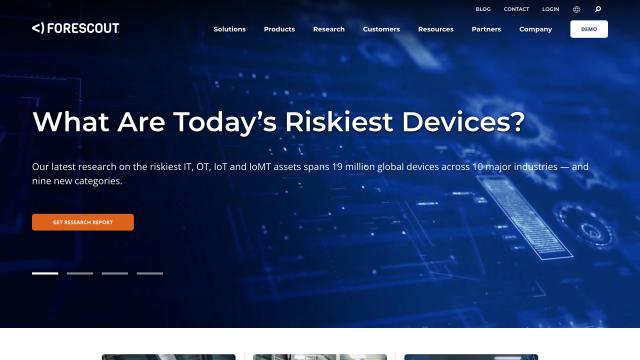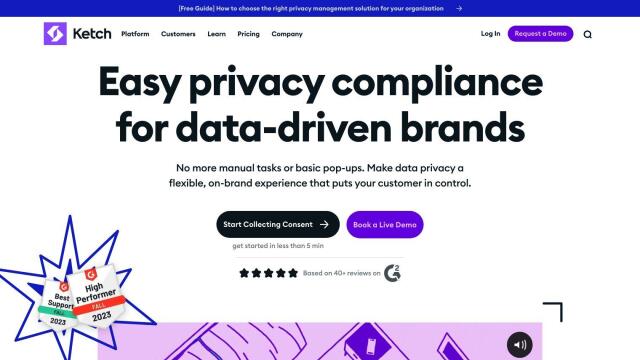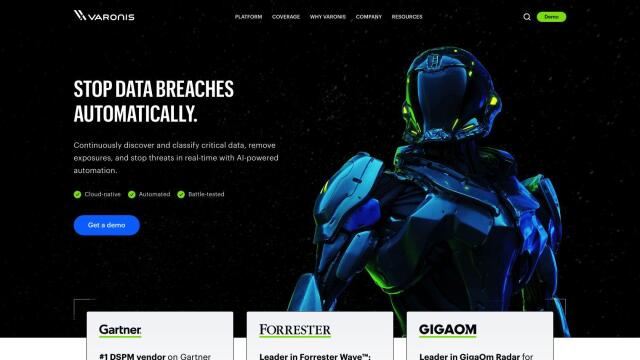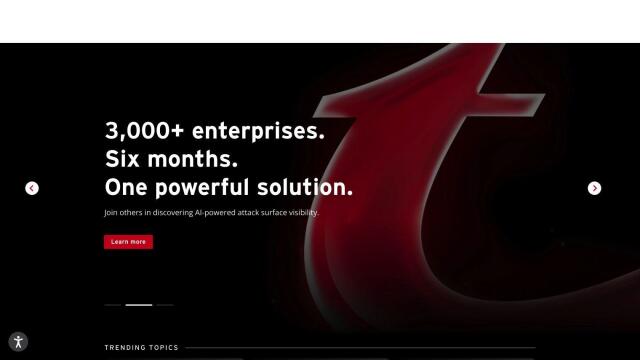Question: I'm looking for a solution that provides a unified view of third-party risk management and compliance with regulations like GDPR and HIPAA.

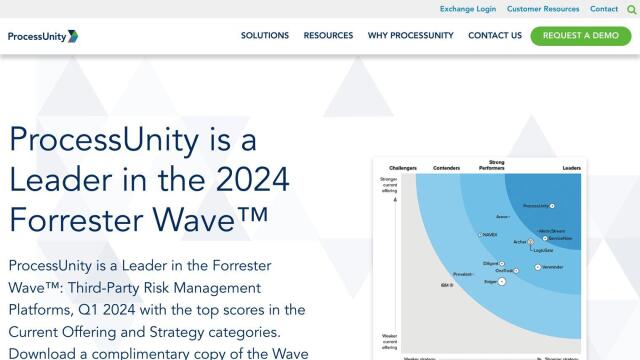
ProcessUnity
For a full-fledged third-party risk management and compliance solution, including GDPR and HIPAA, ProcessUnity is a top contender. It offers a single platform for automating the full risk lifecycle, from onboarding to continuous monitoring. With customizable workflows, a single data core and AI-powered tools, ProcessUnity supports vendor onboarding, assessments and monitoring while integrating with existing systems. Its recognition as a Leader in the Forrester Wave for Third-Party Risk Management Platforms is further evidence of its abilities.

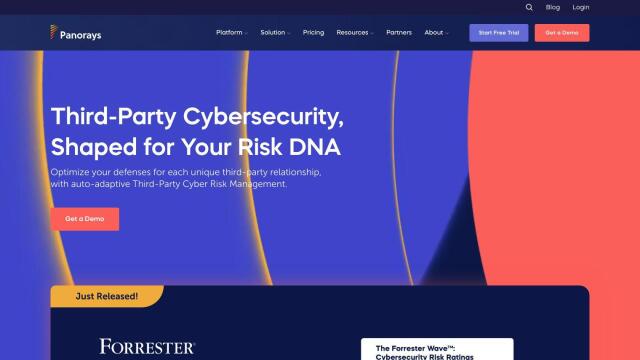
Panorays
Another powerful option is Panorays, which offers real-time risk management and continuous supply chain detection. Panorays gives each third-party connection a risk DNA rating, which can trigger auto-adaptive security actions and guide the best security posture. Key features include actionable threat alerts, vendor self-guiding plans and detailed risk assessments. Its platform automates questionnaires with AI-powered validations and contextual risk assessments, making it a good option for companies that want to improve their third-party risk management and cybersecurity posture.

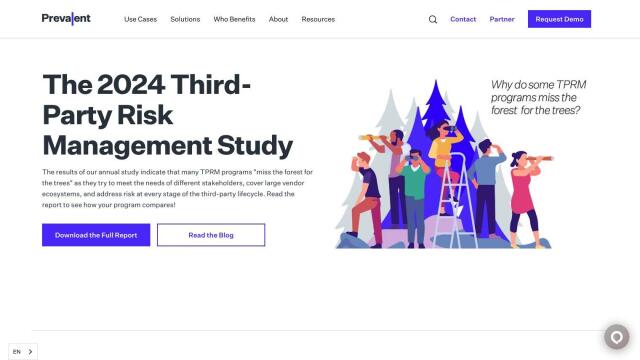
Prevalent
Prevalent offers a third-party risk management platform that uses AI and automation to assess and mitigate security risks. It offers a unified view of risk assessment and monitoring, covering a range of use cases including IT vendor and supplier risk management. With features like due diligence collection, contextual risk reporting and risk remediation, Prevalent serves a broad range of industries. It offers resources like a risk calculator and solution comparison tools to help measure TPRM program effectiveness.

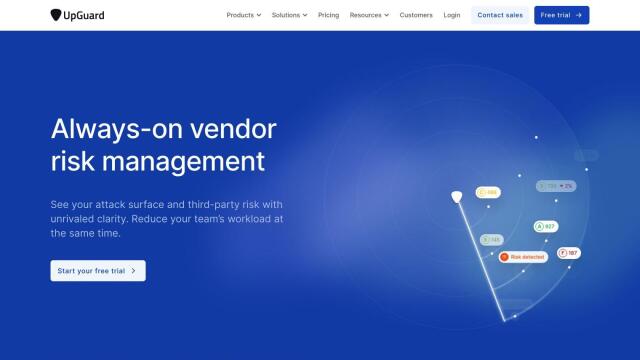
UpGuard
For continuous monitoring and attack surface management, UpGuard is a full-featured platform that offers the most visibility into third-party risk and attack surfaces. It offers automated scanning, evidence analysis and real-time monitoring of security postures. With tiered pricing plans and features like data leak detection and real-time alerts, UpGuard streamlines workflows and automates risk detection, making it a good option for third-party risk management and compliance.

